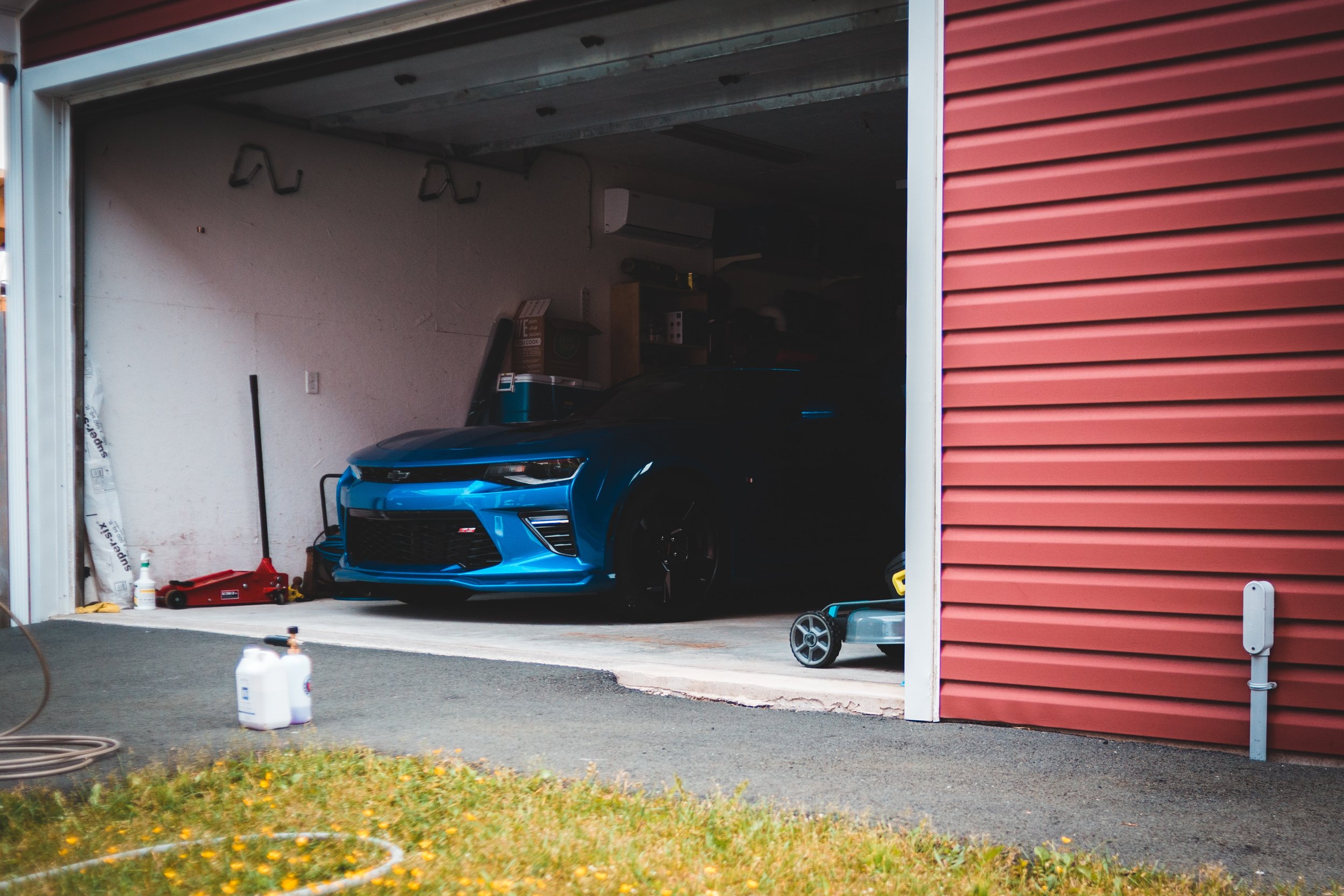Can You Describe the Major Key Features of Garage Door Torsion Tube?
The design and configuration of the torsion tube should be compatible with the chosen garage door opener. Different openers may have specific requirements, and the torsion tube needs to accommodate the necessary components for the opener to function effectively. While not a physical feature of the torsion tube itself, professional installation is a crucial consideration.
The installation process involves precise measurements, securing components, and adjusting the tension of the torsion springs. Professional installation ensures the proper functioning, safety, and longevity of the garage door system. Specific garage door weights are intended to be supported by torsion springs. You must use torsion spring replacements that are the same size and meet the same requirements as your old ones.
Standard Features of Garage Door Torsion Tube
The torsion tube for garage door serves as the primary support structure for torsion springs. Torsion springs are tightly wound around the torsion tube, positioned horizontally above the garage door. This placement allows the springs to store and release energy as the door is opened or closed.
The garage door torsion tube is a critical component in the operation of many overhead garage doors. It serves as the support structure for the torsion springs, playing a pivotal role in the counterbalancing system that enables controlled and efficient door movement. Understanding the standard features of a garage door torsion tube is essential for homeowners and garage door professionals. Here are key features associated with this crucial component:
Material
Torsion tubes are typically made from sturdy materials capable of withstanding the forces exerted by the torsion springs. Common materials include steel or galvanized steel, which offer strength, durability, and resistance to corrosion. The choice of material contributes to the overall reliability and longevity of the torsion tube.
Tube Diameter
The diameter of the torsion tube is a critical factor in its ability to support and distribute the torsional forces generated by the torsion springs. The diameter is selected based on the weight and size of the garage door, ensuring that the tube can effectively handle the load and contribute to the balanced operation of the door.
Wall Thickness & Length
The thickness of the torsion tube's walls is another important consideration. The wall thickness is selected based on engineering calculations that take into account factors such as the garage door's weight, size, and anticipated usage. Thicker walls provide additional strength and stability to the torsion tube.
The length of the torsion tube is determined by the width of the garage door and the specific configuration of the torsion spring system. It extends horizontally above the door opening, supporting the torsion springs and allowing them to wind and unwind as the door is operated.
Winding Cones
At each end of the torsion tube, there are winding cones that secure the torsion springs in place. These cones play a crucial role in maintaining the tension of the springs and preventing them from slipping or unwinding unintentionally. Winding cones are typically made of durable materials such as steel.
Center/End Bearing Plate
In torsion spring systems, the center bearing plate is mounted on the wall above the garage door. The torsion tube passes through the center bearing plate, and it includes bearings that facilitate the smooth rotation of the torsion tube. The center bearing plate helps distribute the torsional forces and supports the torsion springs. The center bearing plate helps distribute the torsional forces and supports the torsion springs, with components typically sourced from a trusted industrial bearing manufacturer.
At each end of the torsion tube, there are end-bearing plates that secure the torsion springs in place. The end bearing plates contain bearings that allow the torsion tube to rotate smoothly. These plates play a crucial role in supporting the torsion springs and maintaining the balance of the garage door.
Cable Drums
In torsion spring systems, cable drums are often attached to the torsion tube. These drums have grooves for the cables to wind and unwind as the door is operated. The coordination between the cable drums and the torsion tube ensures that the cables move in sync with the torsion springs, contributing to the overall functionality of the garage door.
Paint or Coating
Many torsion tubes come with a protective coating or paint to enhance corrosion resistance and extend the life of the component. This is particularly important in regions with varying weather conditions that may expose the torsion tube to moisture.
Maintenance Requirements
Torsion tubes, like other garage door components, benefit from regular maintenance. This may include lubrication of the bearings, inspection for signs of wear or damage, and adjustments as needed. Proper maintenance contributes to the smooth operation and longevity of the torsion tube and associated components.
Conclusion
The garage door torsion tube is a central component that contributes to the proper and efficient operation of many garage doors. Regular maintenance and professional installation play essential roles in maximizing the performance and safety of the torsion tube and the entire garage door assembly.

